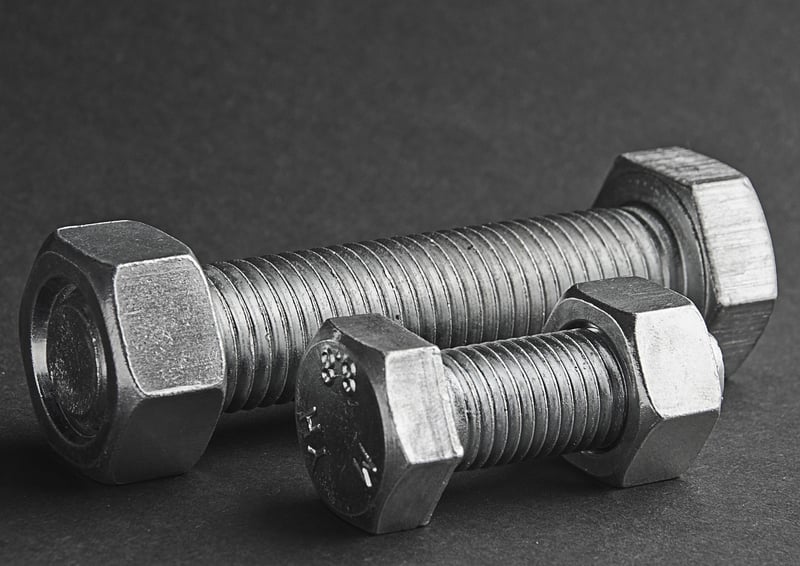Watering Techniques
Expert Advice on Plant Care and Watering Techniques
Welcome to our guide on plant care and watering techniques! Whether you're a seasoned plant enthusiast or just starting your indoor garden, proper watering is essential for the health and vitality of your plants. Let's dive into some expert tips and tricks to help you become a pro at plant care.
The Importance of Proper Watering
Water is a crucial element for plant growth, helping transport nutrients from the soil to the plant's cells. However, overwatering or underwatering can lead to various issues such as root rot or dehydration. Finding the right balance is key to ensuring your plants thrive.
Watering Techniques
Here are some watering techniques recommended by experts:
1. Watering Frequency
Understanding the watering needs of your plants is essential. Some plants require frequent watering, while others prefer to dry out between waterings. Research the specific requirements of each plant in your collection to develop a watering schedule.
2. Watering Methods
Consider using a watering can with a narrow spout to deliver water directly to the soil and roots, avoiding wetting the foliage. For larger plants, a watering hose with a gentle spray attachment can provide even watering.
3. Soil Moisture Levels
Check the moisture level of the soil before watering. Stick your finger into the soil up to the first knuckle – if it feels dry, it's time to water. For plants sensitive to overwatering, consider using a moisture meter to gauge soil moisture accurately.
Expert Tips for Plant Care
Aside from proper watering, here are some expert tips for plant care:
1. Light Requirements
Place your plants in locations that match their light requirements. Some plants thrive in bright, indirect light, while others prefer low-light conditions. Adjust the placement of your plants accordingly to ensure they receive adequate light.
2. Humidity Levels
Monitor the humidity levels in your home, especially if you have tropical plants that require higher humidity. You can increase humidity by grouping plants together, using a humidity tray, or using a humidifier.
3. Pruning and Maintenance
Regularly inspect your plants for any signs of pests, disease, or dead leaves. Prune away dead or yellowing leaves to promote healthy growth and prevent the spread of issues.
Conclusion
By following these expert tips on plant care and watering techniques, you can create a thriving indoor garden filled with healthy, vibrant plants. Remember to tailor your care routine to the specific needs of each plant and enjoy watching them flourish in your home!

For more plant care advice and gardening tips, check out our blog.
